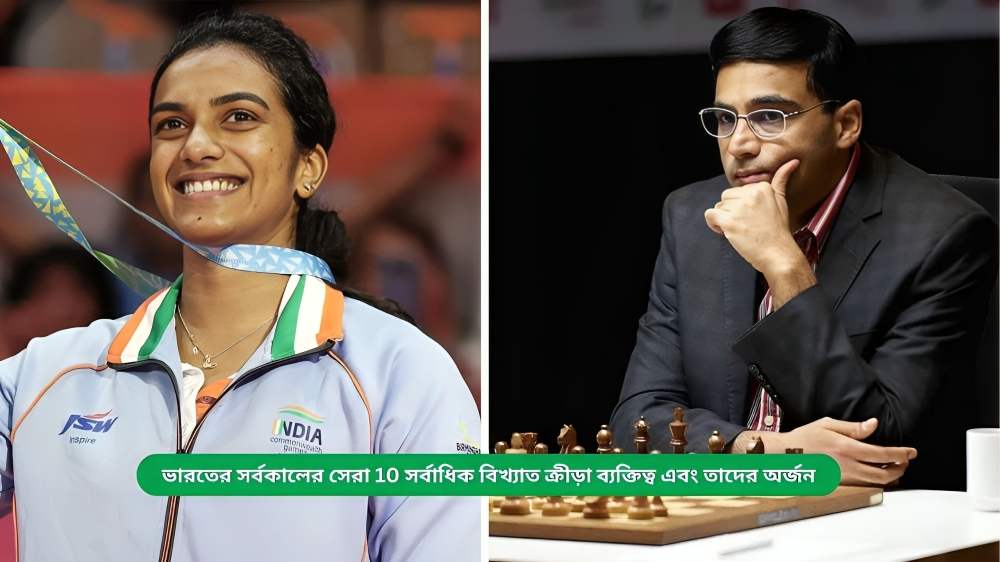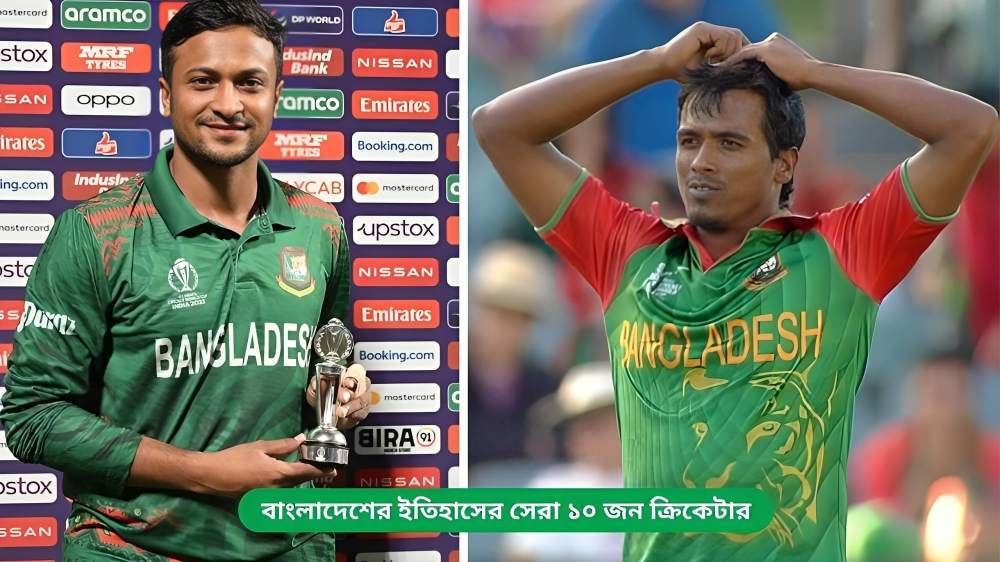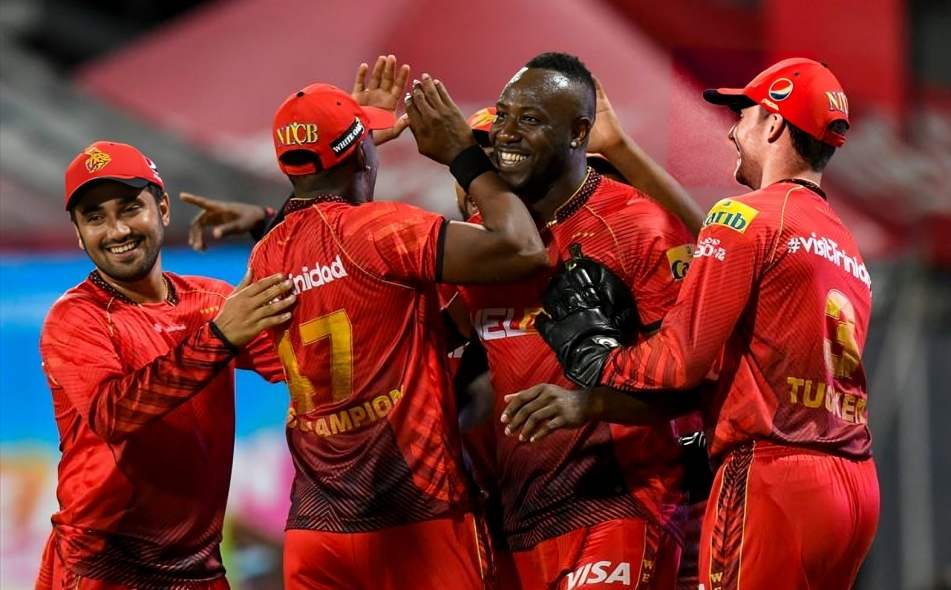The Big Bash League (BBL) is Australia’s premier domestic Twenty20 (T20) cricket competition. Since its inception, it has quickly become one of the most exciting and widely viewed T20 leagues in the world. The BBL has introduced a new, fast-paced format of cricket that appeals to both traditional fans and newcomers, captivating audiences with its thrilling matches, star players, and innovative presentation. This article explores the history, structure, impact, and key statistics of the Big Bash League, tracing its journey from the very beginning.
The Birth of the Big Bash League (BBL)
The idea of a professional domestic T20 competition in Australia had been discussed for several years before the Big Bash League was formally introduced. Prior to the BBL, Australia had a domestic T20 competition known as the KFC Twenty20 Big Bash (2005–2010). The competition was an early version of what would eventually become the BBL but was limited in scope and reach.
In 2011, Cricket Australia decided to overhaul the existing format and rebrand the competition as the Big Bash League. The BBL was designed to be more dynamic and professional, with a new structure, expanded franchises, and a strong emphasis on attracting international stars and providing a more entertaining experience for fans.
Inception and First Edition (2011–12)
The first season of the BBL officially began in December 2011. The competition featured eight teams, representing various cities across Australia:
- Adelaide Strikers (representing Adelaide)
- Brisbane Heat (representing Brisbane)
- Hobart Hurricanes (representing Hobart)
- Melbourne Renegades (representing Melbourne)
- Melbourne Stars (representing Melbourne)
- Perth Scorchers (representing Perth)
- Sydney Sixers (representing Sydney)
- Sydney Thunder (representing Sydney)
The inaugural season was an immediate success, with fans flocking to stadiums and television ratings soaring. The first match of the BBL featured the Perth Scorchers facing off against the Adelaide Strikers, and it set the stage for what would become one of Australia’s most popular cricket leagues.
Evolution of the Big Bash League
Since its introduction, the BBL has grown exponentially in popularity, both domestically and internationally. The league’s exciting format and entertainment value have helped it gain recognition as one of the top T20 leagues globally. The competition has also evolved in terms of player quality, sponsorships, fan engagement, and media rights deals.
Key Milestones in the BBL’s History
| Year | Milestone |
|---|---|
| 2011 | BBL officially launched with eight teams. The Sydney Sixers won the inaugural title. |
| 2012 | The competition expanded its broadcast reach, gaining more international attention. |
| 2013–14 | The BBL grew in popularity, with Sydney Sixers winning their second title. |
| 2015 | The BBL introduced the “Big Bash Festival”, featuring various fan engagement activities. |
| 2016 | The BBL expanded to ten teams, including the addition of the Perth Scorchers and Melbourne Stars. |
| 2017–18 | The BBL witnessed a further rise in international player participation, including the likes of Chris Gayle. |
| 2020 | Introduction of new teams and global stars as COVID-19 restrictions affected international cricket. |
| 2023 | The competition continued to thrive despite the challenges, with high attendance and new broadcast deals. |
The Format of the BBL
The format of the Big Bash League has been designed to ensure a balance between entertainment and competition. It is structured similarly to most T20 leagues but with some unique features:
- Group Stage: Each season consists of a round-robin group phase where each team plays each other.
- Playoffs: The top 4 teams at the end of the group stage progress to the knockout phase:
- Elimination Final: The 3rd and 4th ranked teams face off.
- Qualifying Final: The 1st and 2nd ranked teams compete.
- Challenger: The loser of the Qualifying Final plays the winner of the Elimination Final.
- Final: The winner of the Challenger plays the winner of the Qualifying Final in the grand finale.
Big Bash League Teams
Over the years, the BBL has expanded its number of teams to ensure greater representation of Australian cities and regions. The following table provides a snapshot of the current BBL teams and their home cities:
| Team | Home City | Founded | Titles Won |
|---|---|---|---|
| Adelaide Strikers | Adelaide | 2011 | 1 (2018–19) |
| Brisbane Heat | Brisbane | 2011 | 1 (2012–13) |
| Hobart Hurricanes | Hobart | 2011 | 0 |
| Melbourne Renegades | Melbourne | 2011 | 1 (2018–19) |
| Melbourne Stars | Melbourne | 2011 | 0 |
| Perth Scorchers | Perth | 2011 | 4 (2013–14, 2014–15, 2016–17, 2021–22) |
| Sydney Sixers | Sydney | 2011 | 2 (2011–12, 2019–20) |
| Sydney Thunder | Sydney | 2011 | 1 (2015–16) |
Player Impact and Key Moments in the BBL
Since its beginning, the BBL has attracted numerous international cricket stars who have added star power to the league. Players such as Chris Gayle, Shane Watson, AB de Villiers, David Warner, and Glenn Maxwell have all participated in the BBL, providing added entertainment value to the competition.
Several key moments have also defined the BBL’s rise in popularity:
- Chris Gayle’s Unforgettable Knock: In the 2015–16 season, Chris Gayle smashed 116 runs off 62 balls, thrilling the audience with his power-hitting.
- The 2019–20 Final: The Sydney Sixers won their second BBL title, defeating the Melbourne Stars in an intense final that was one of the most-watched matches in BBL history.
The BBL’s Influence on Australian Cricket
The Big Bash League has not only provided entertainment but has also contributed significantly to the development of Australian cricketers. The competition has offered young Australian talent an opportunity to showcase their skills on a big stage, often leading to national team call-ups.
For example, players like Aaron Finch, Glenn Maxwell, Usman Khawaja, and Josh Hazlewood have all come through the ranks of the BBL before becoming mainstays in the Australian national team.
Furthermore, the BBL’s popularity has helped elevate the profile of domestic cricket in Australia, with increased participation and viewership. This increase in exposure has had a positive impact on grassroots cricket, encouraging more children to take up the sport.
Television and Broadcast Deals
The Big Bash League’s success has not just been limited to the on-field action but has extended into the media world as well. The BBL has secured several lucrative television broadcast deals, with Channel 7, Fox Sports, and Kayo Sports in Australia. These deals ensure wide television coverage for the competition and further contribute to its growth. Additionally, international broadcasting deals have allowed the BBL to reach audiences worldwide, making it one of the top T20 leagues in terms of global exposure.
Big Bash League: Challenges and the Future of the BBL
While the BBL has achieved significant success, it has faced challenges such as balancing the availability of international stars with the demands of domestic cricket. The COVID-19 pandemic had an impact on player participation, with many international players opting out due to travel restrictions.
However, the league continues to evolve, with plans to introduce more innovative formats, partnerships, and player engagement activities. There are also talks about expanding the league to include more teams and creating a broader global audience.
Big Bash League: Conclusion
The Big Bash League has come a long way since its inception in 2011. What started as a domestic T20 competition quickly transformed into a highly popular and globally recognized cricket league. With its combination of fast-paced cricket, star power, fan engagement, and innovative presentation, the BBL has firmly established itself as a top T20 tournament. As the competition continues to grow, it promises to further contribute to the global development of the sport while continuing to entertain millions of fans worldwide.













